 Best Sellers Botanical Name: Calycanthus floridus  Botanical Name: Catalpa speciosa  Botanical Name: Cercis canadensis Northern Zone 5  Botanical Name: Cladrastis kentukea  Botanical Name: Coffea arabica  Botanical Name: Cornus sericea  Botanical Name: Eucalyptus deglupta  Botanical Name: Nyssa sylvatica Southern  Botanical Name: Passiflora caerulea  Botanical Name: Pinus eldarica  Botanical Name: Pinus parviflora  Botanical Name: Pinus strobus New York  Botanical Name: Pinus sylvestris England, zone 406 (East Anglia) Common Name: Scots Pine, Scotch Pine  Botanical Name: Prunus avium 'CVI'  Botanical Name: Prunus avium Alkavo  Botanical Name: Sequoiadendron giganteum  Botanical Name: Tilia cordata  Botanical Name: Trifolium repens  Botanical Name: Vitis vinifera The Best of Medicinal Herb Seed Medicinal herbs are natural plants that are beneficial and full-flavored as well as useful in treating various health issues. As people develop natural and healthy lifestyles, medicinal herbs are in more demand and herbs have become common plants in backyard gardens. Growing herbs from seed is an affordable and rewarding option. Medicinal herbs produce lovely flowers and foliage that can be easily integrated into your g garden design and are adaptable to a wide variety of climates and types of soil. Herbs are also well suited to grow in containers indoors and out. We encourage you to make informed choices for herbal medicine. Herbal remedies are known and practiced worldwide, producing salves, tinctures, teas, and other preparations to treat ailments. We recommend pursuing your own research in the medicinal herb field to accommodate individual healing needs.
Here are some terms you may want to familiarize yourself with: Aromatic: This refers to herbs that have a pleasant smell or taste.
Infusion: A tea made by pouring boiling water over the plant or parts of the plant. Cover the container and allow the herbs to steep in a covered container for about 15 minutes.
Tincture: A preparation made by soaking an herb in alcohol until the alcohol absorbs the beneficial ingredients of the plant. This process is known as maceration. ( quantities will vary/herb)
Compress: A compress is basically a cloth soaked in herbal decoction or infusion that is applied to painful areas.
Poultice: is made by placing the herb in a clean cotton cloth over the infected area. You can view all these species by clicking here. This will take you to pages that have not been set up to in the Best of Medicinal Seeds. 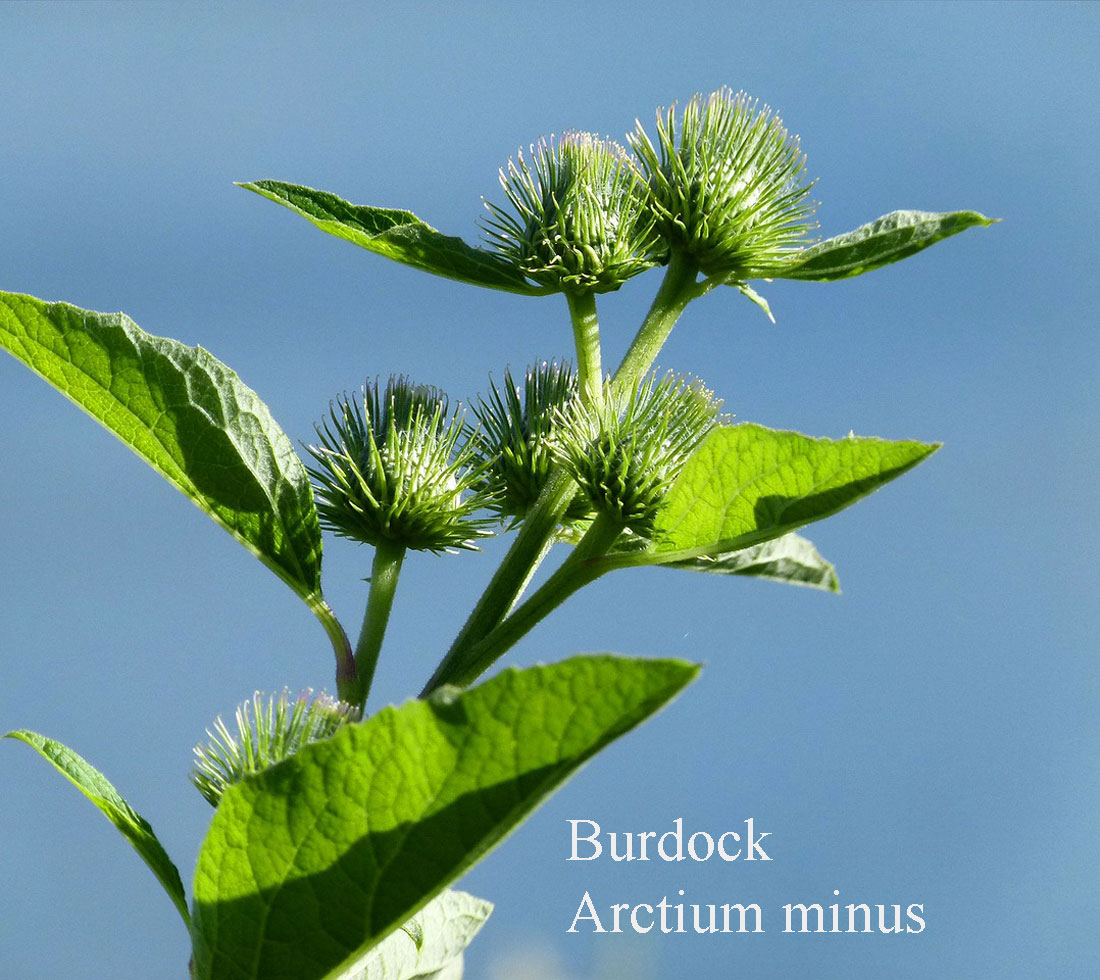 Burdock Burdock is one of the foremost detoxifying herbs in both Chinese and Western herbal medicine. Arctium lappa is the main species used, though this species has similar properties. The dried root of one year old plants is the official herb, but the leaves and fruits can also be used. 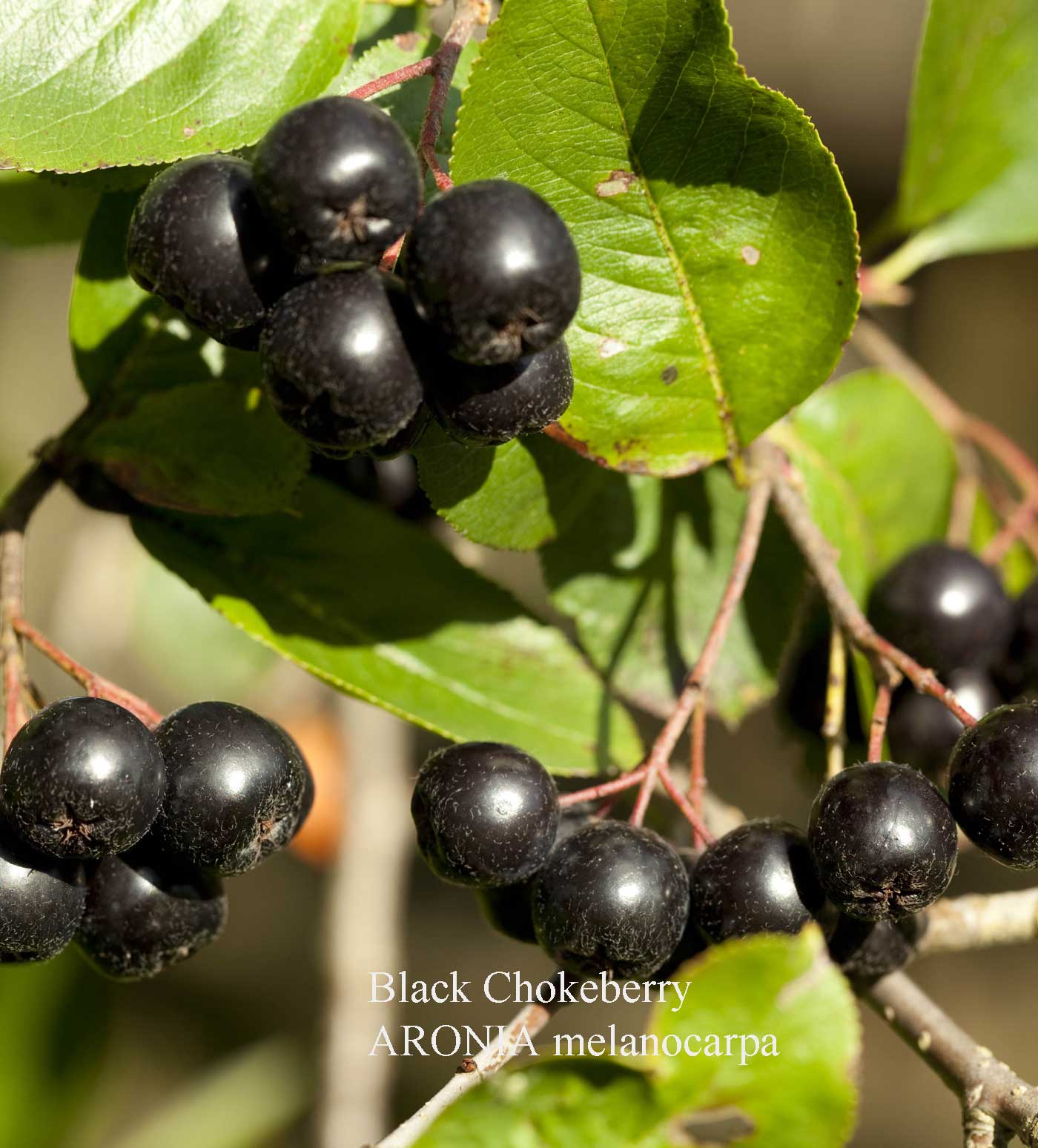 Black Chokeberry The small dark berries of the Aronia melanocarpa plant are packed with nutrients and antioxidants, such as vitamin C and anthocyanins, in some countries, dried Aronia berries are used to make antioxidant-rich herbal tea. The fruit is used in baking, jams, jellies, syrup, wine, and tea. 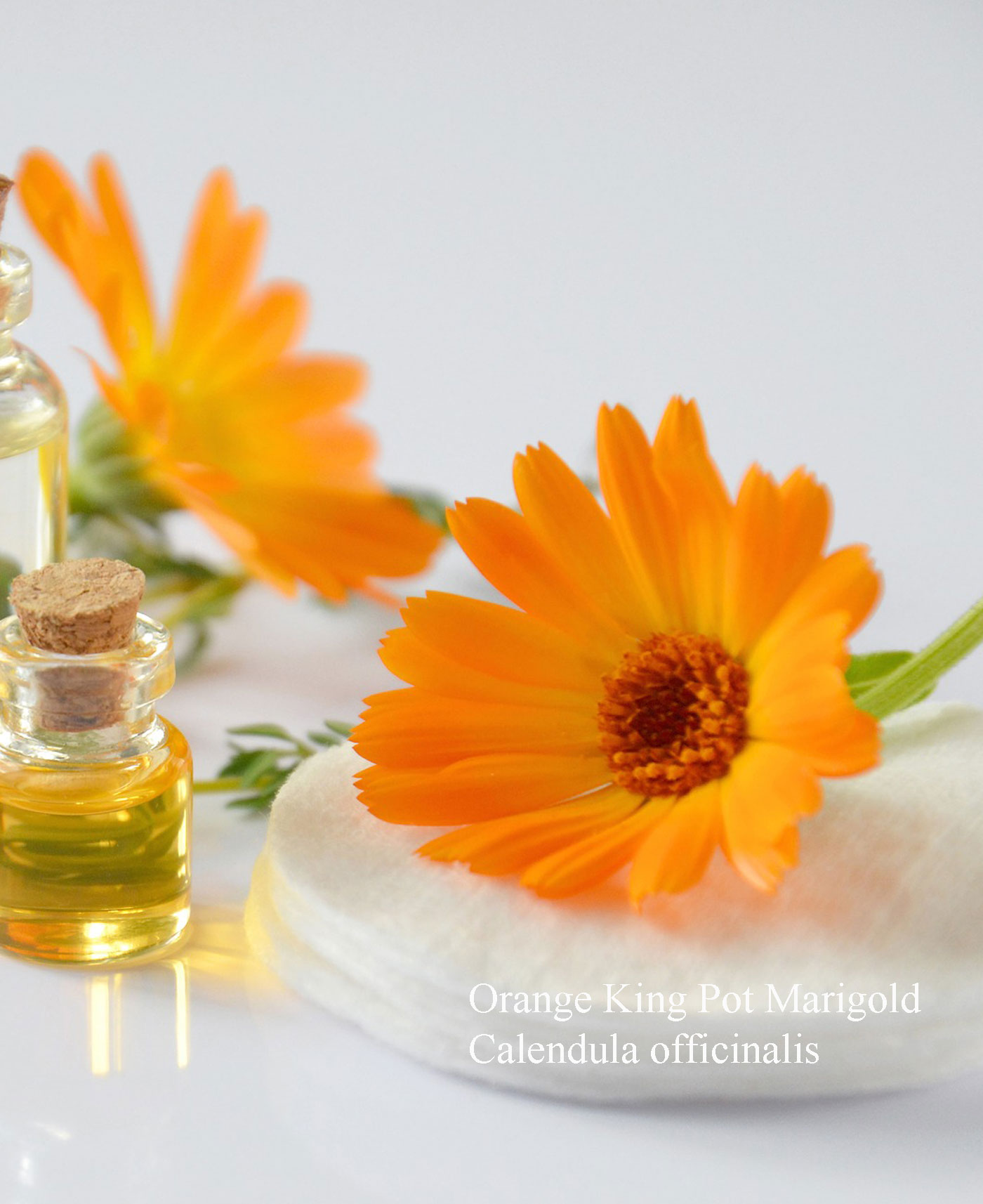 Marigold Leaves are high in vitamins A and C. Known to lift the spirits, Calendula officinalis flowers are used as an oil extract topically for skin abrasions to promote healing. 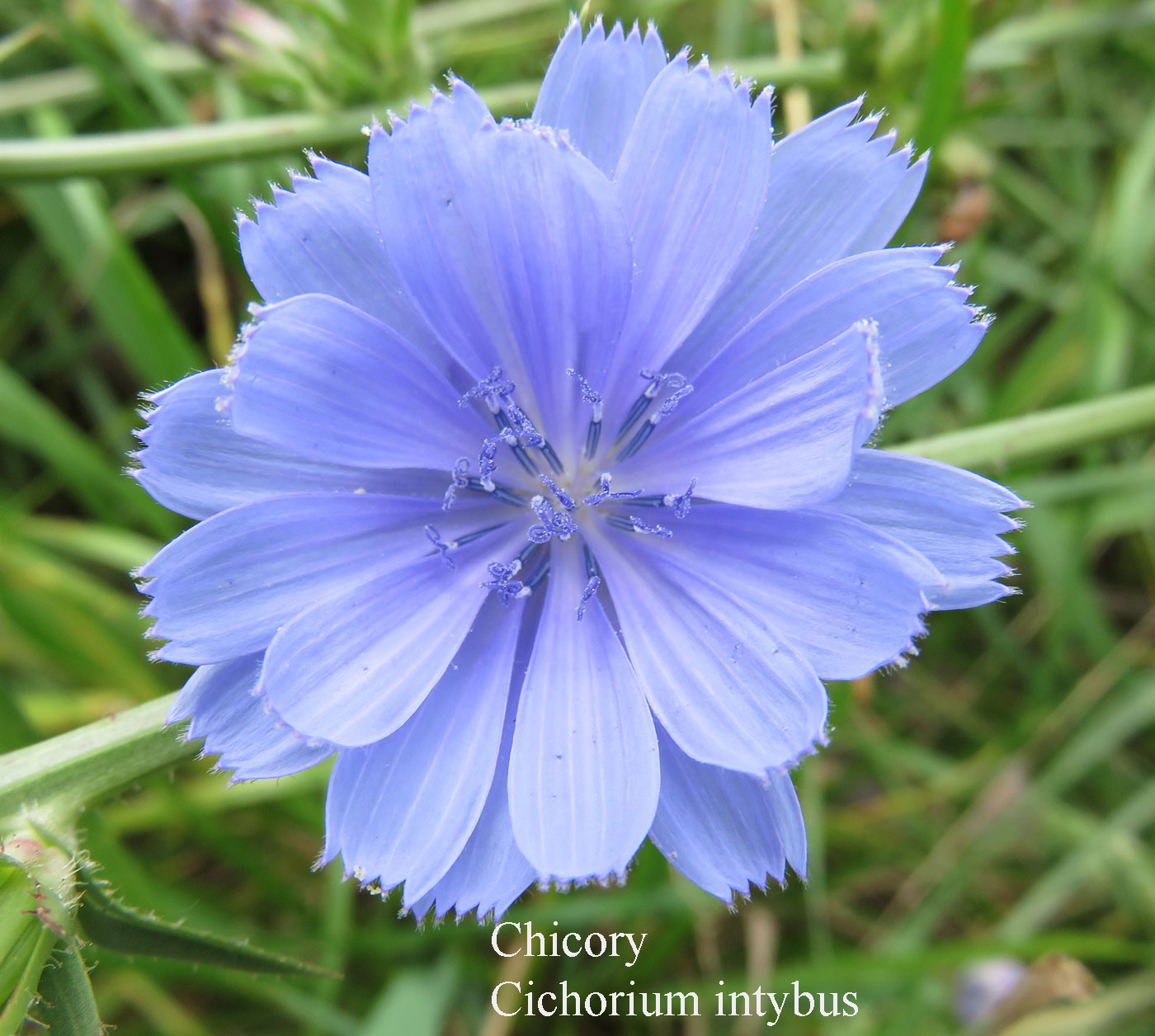 Chicory Chicory leaves are very bitter, making it a good digestive stimulant and tonic, and a gentle laxative even for children. 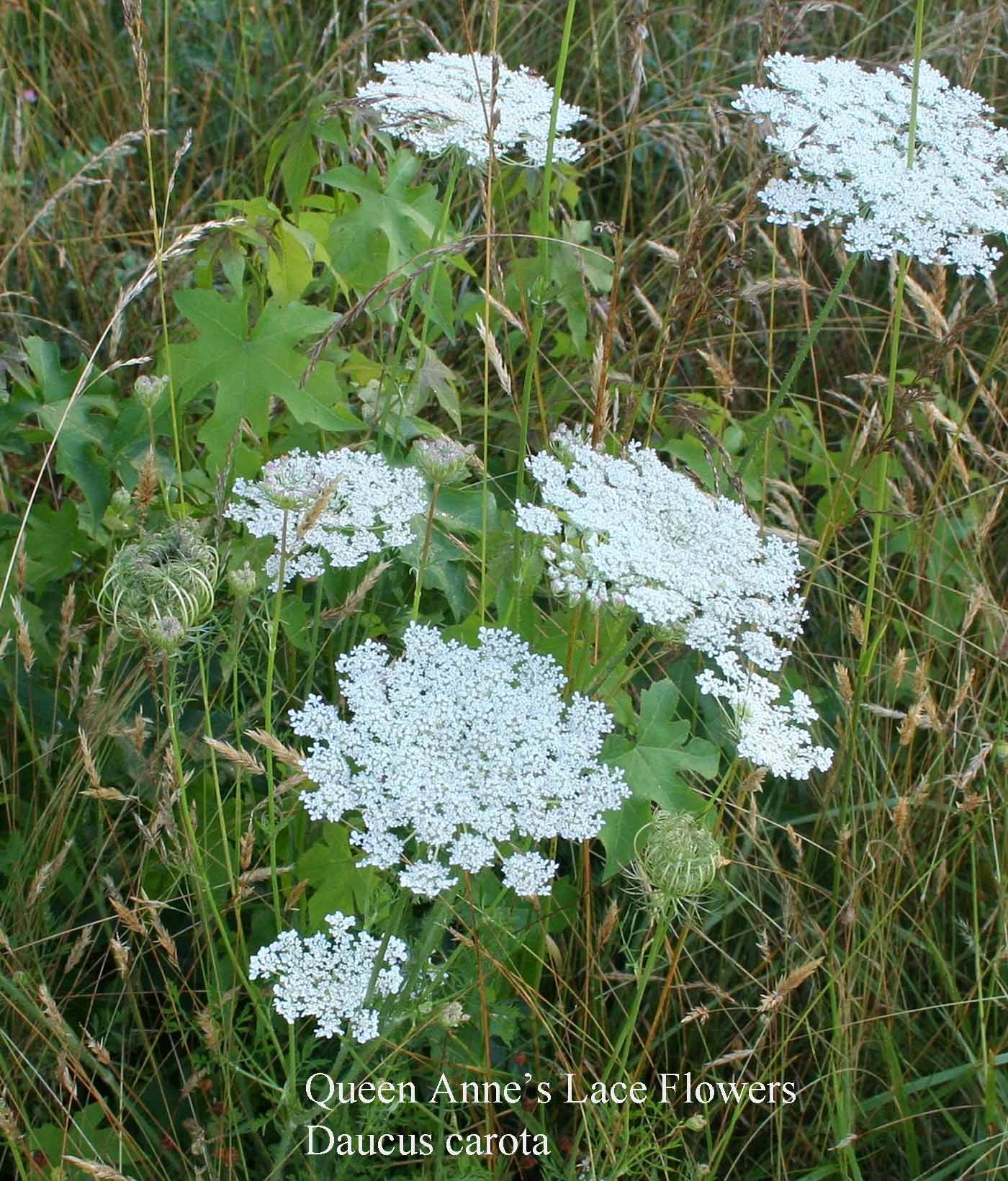 Queen Anne's Lace Blooming in the summer in temperate North America this plant is from the Carrot family, contains some beta-carotene. Known as an aromatic herb, 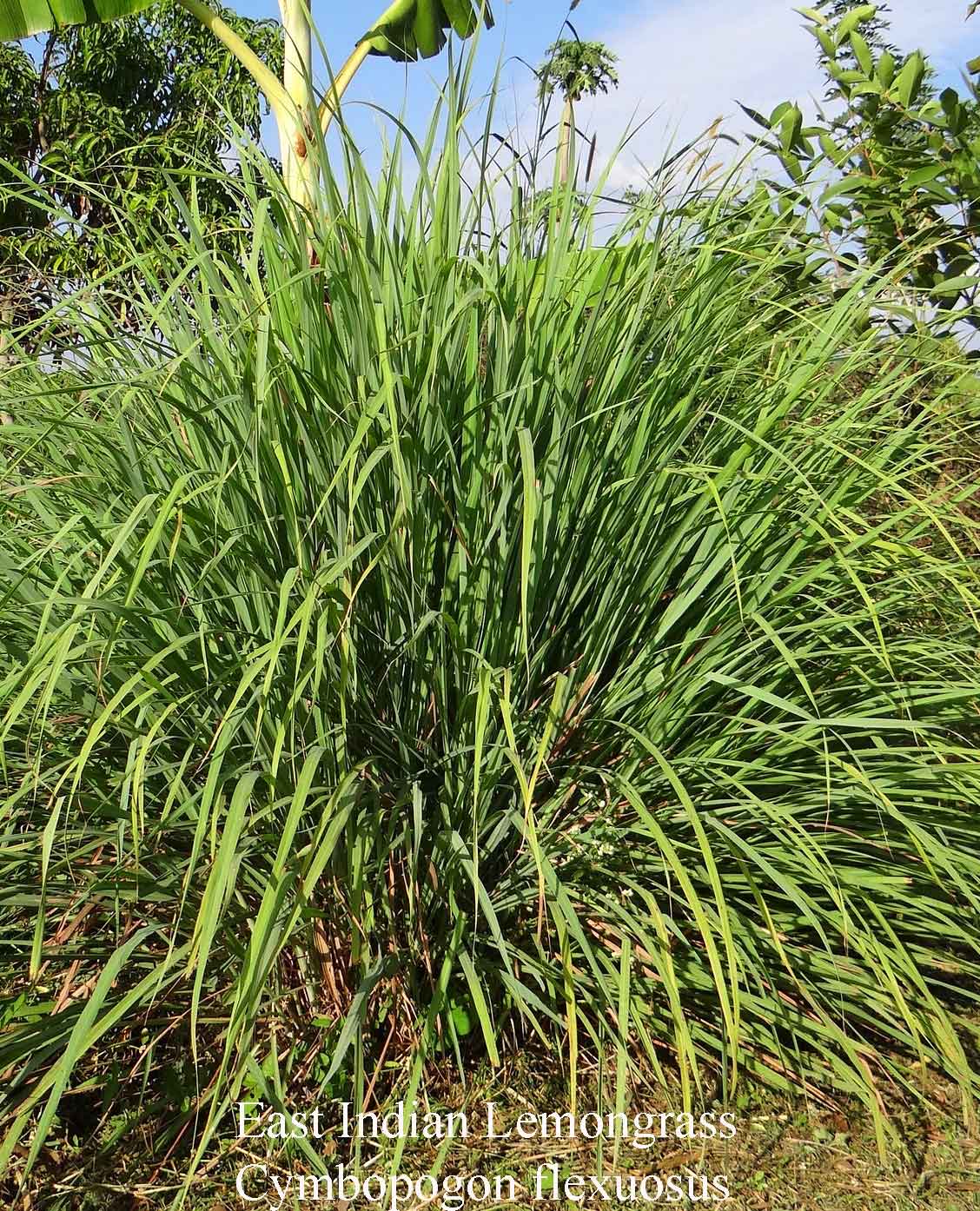 Lemongrass The lemon scented leaves, fresh or dried are heavily used as a culinary herb. The essential oil of the Lemongrass is used in aromatherapy and is a popular digestive remedy. 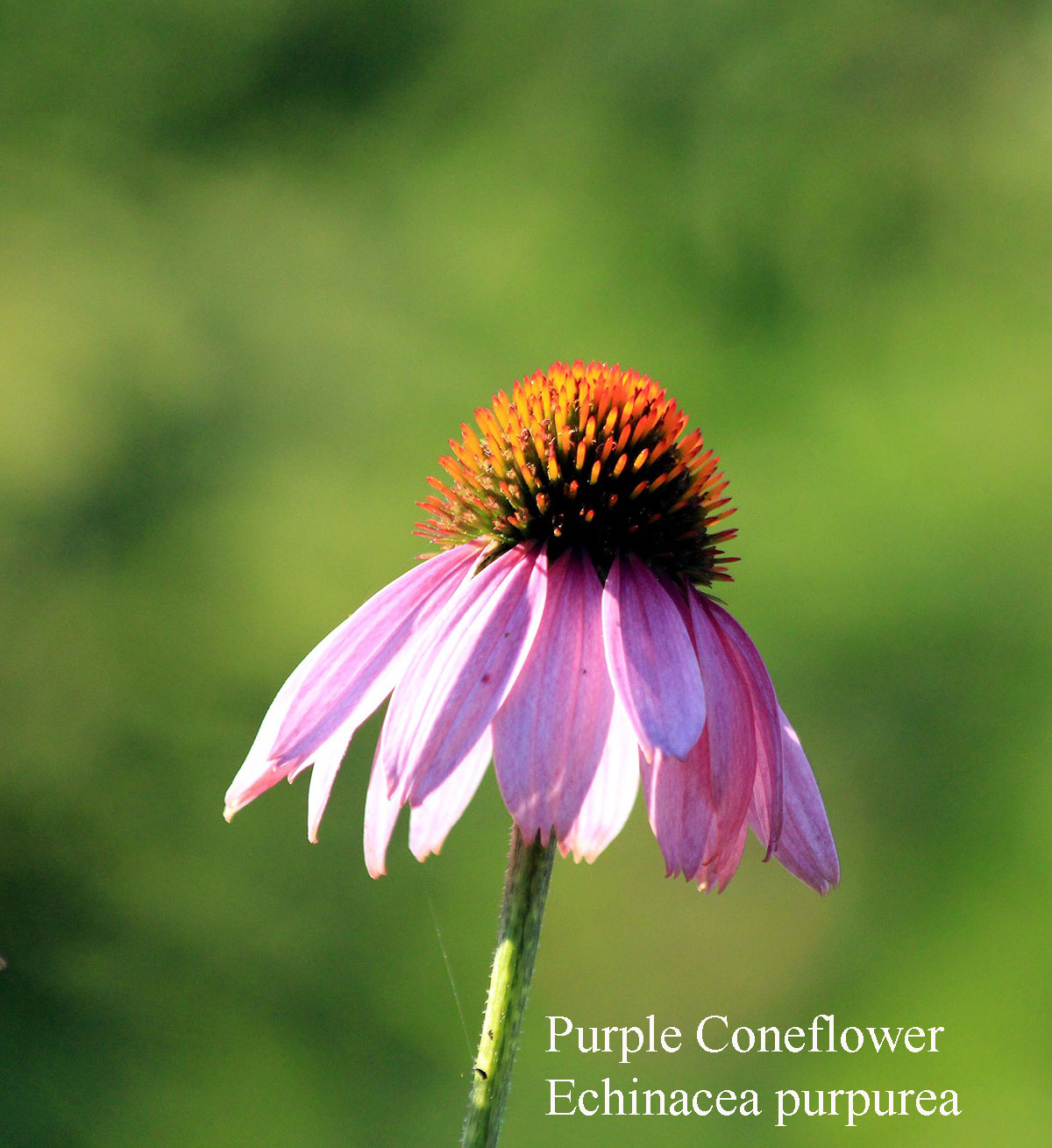 Purple Cone Flower Echinacea has been used in North America for more than 400 years to treat infections and wounds, and as a general "cure-all." 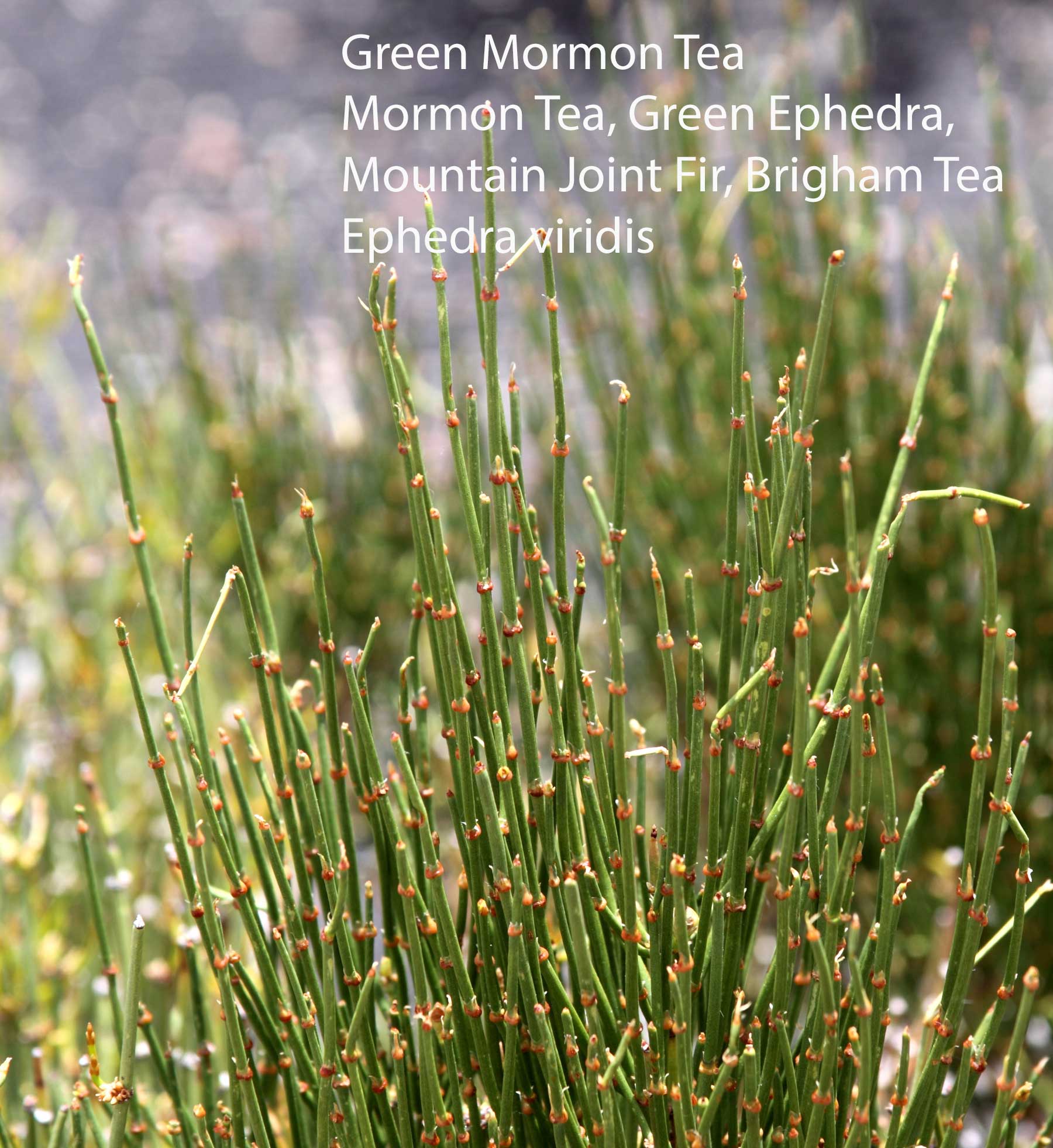 Mormon Tea Plant A perennial shrub that is drought resistant found in the American SW, grows branches that are boiled to make a tea. 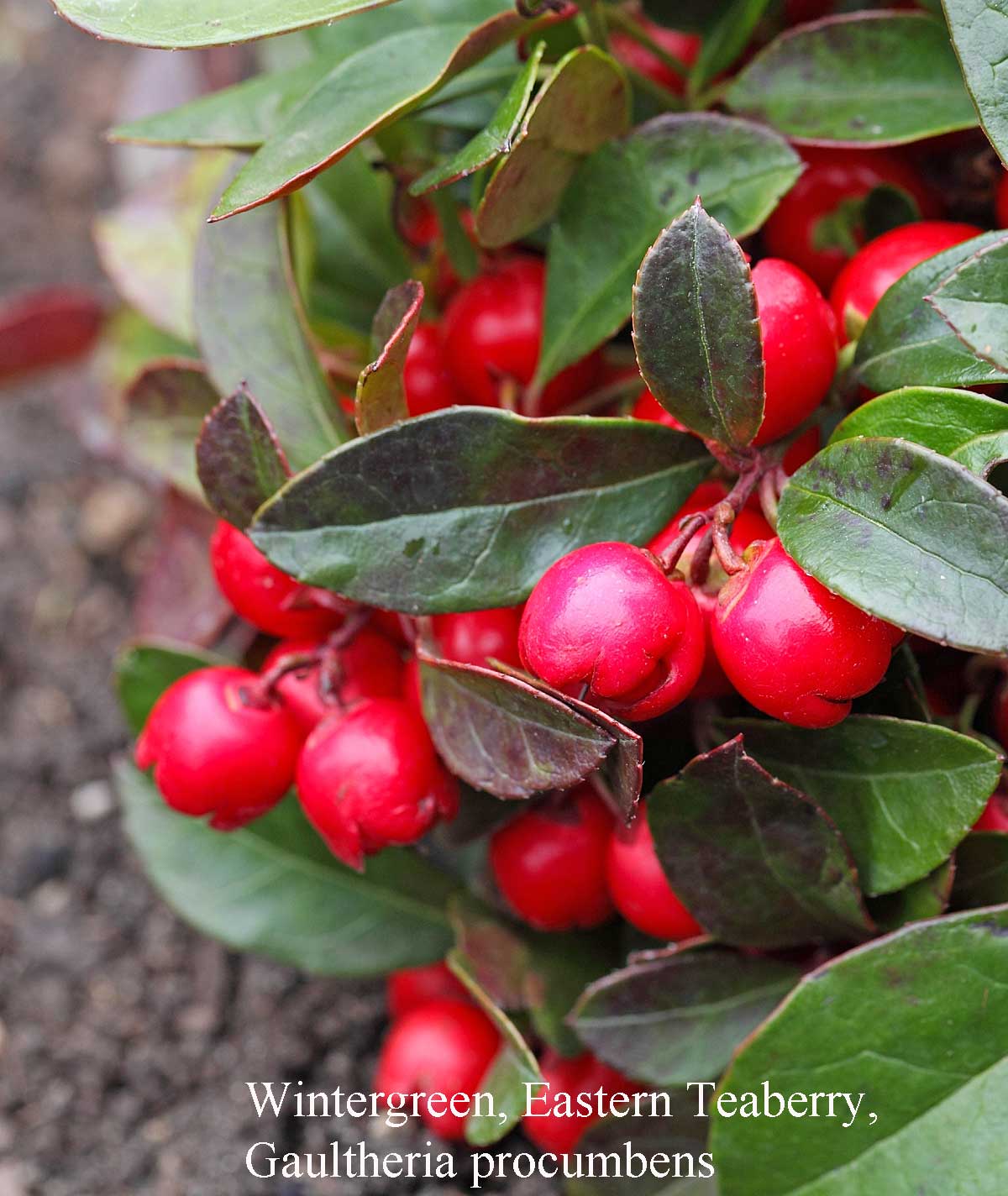 Wintergreen Plant An essential oil obtained from the leaves contains methyl salicylate that is effective in the treatments of aching muscles and pain relief. A pleasing clean, minty scent. 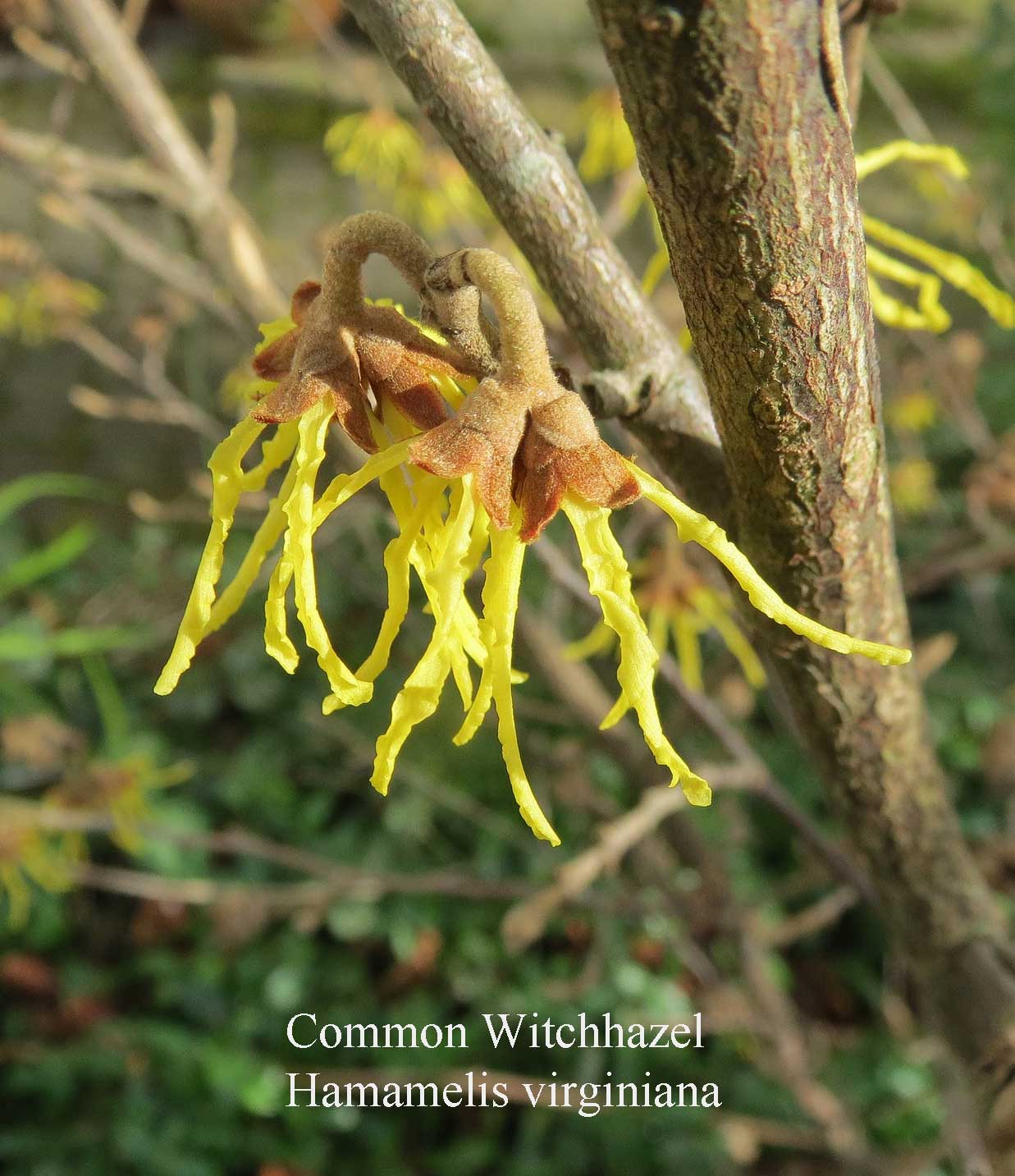 Witchhazel Used for traumatic injuries and acing muscles, Virginian Witch Hazel was originally found in North American moist woodland areas. Widely cultivated for its medicinal properties as an astringent and inflammation reducer, 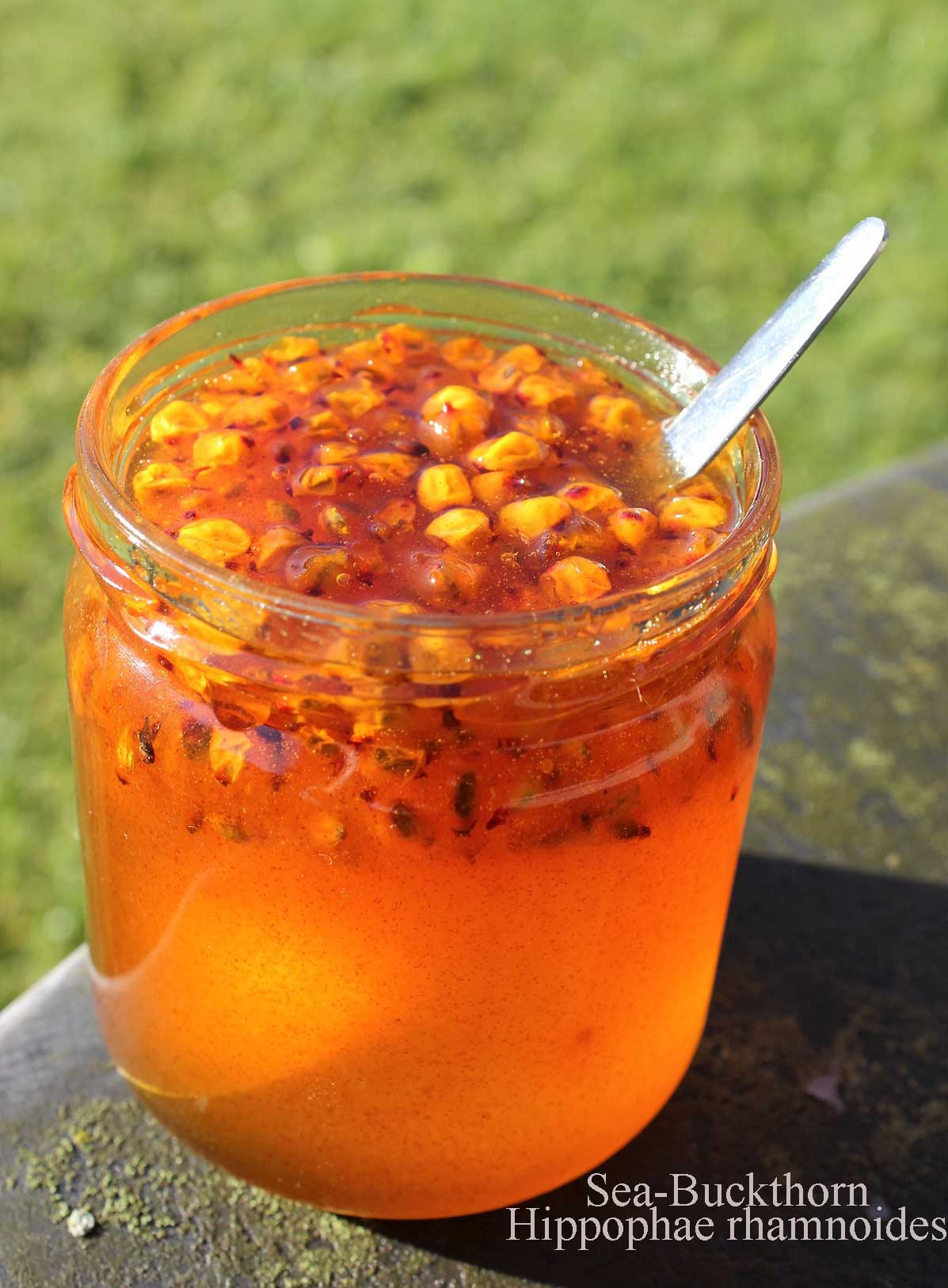 Sea Buckthorn Sea Buckthorn Shrub is becoming increasingly popular for its exciting range of healing properties, a common plant in Chinese medicines. The orange berries are edible and nutritious, loaded with vitamins, amino acids, and antioxidants. 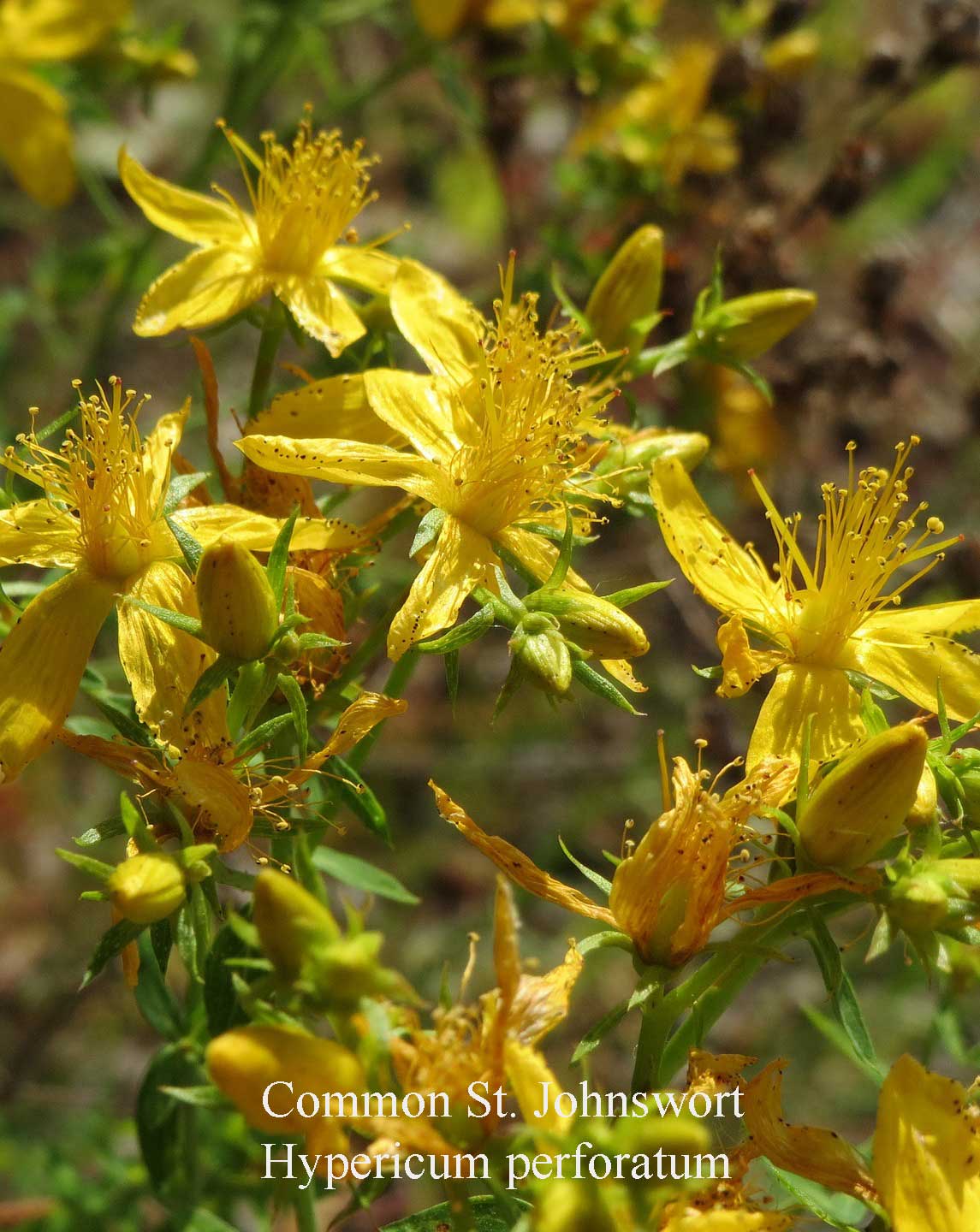 St. John's Wort This well-known herb is popular for the treatment of mild-medium depression. 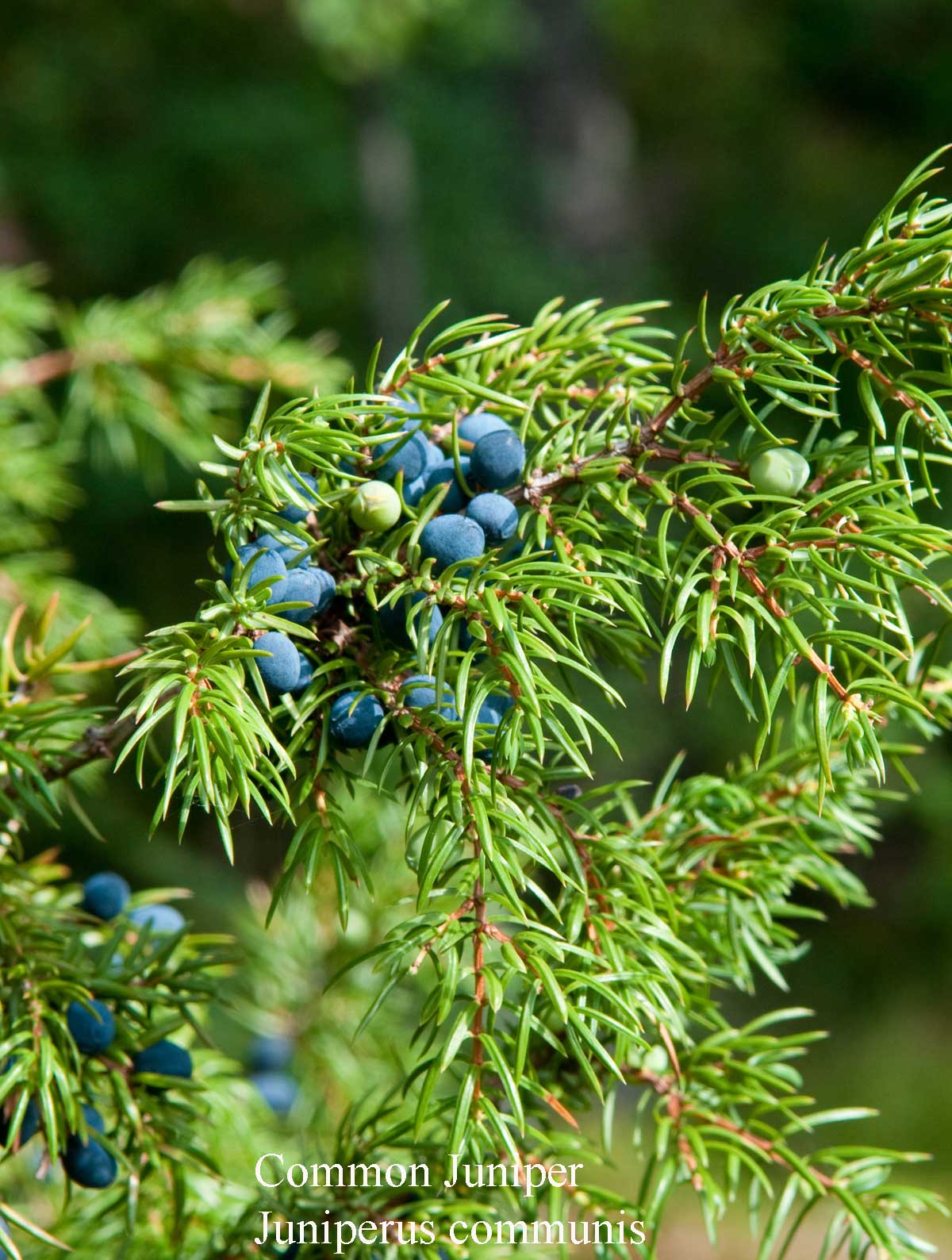 Common Juniper Tree A tea is made by boiling the leaves and stems. The berries have a spicy flavor an essential ingredient of gin. The ripe fruits act as a strong antiseptic, aromatic, diaphoretic, diuretic used for digestive problems. 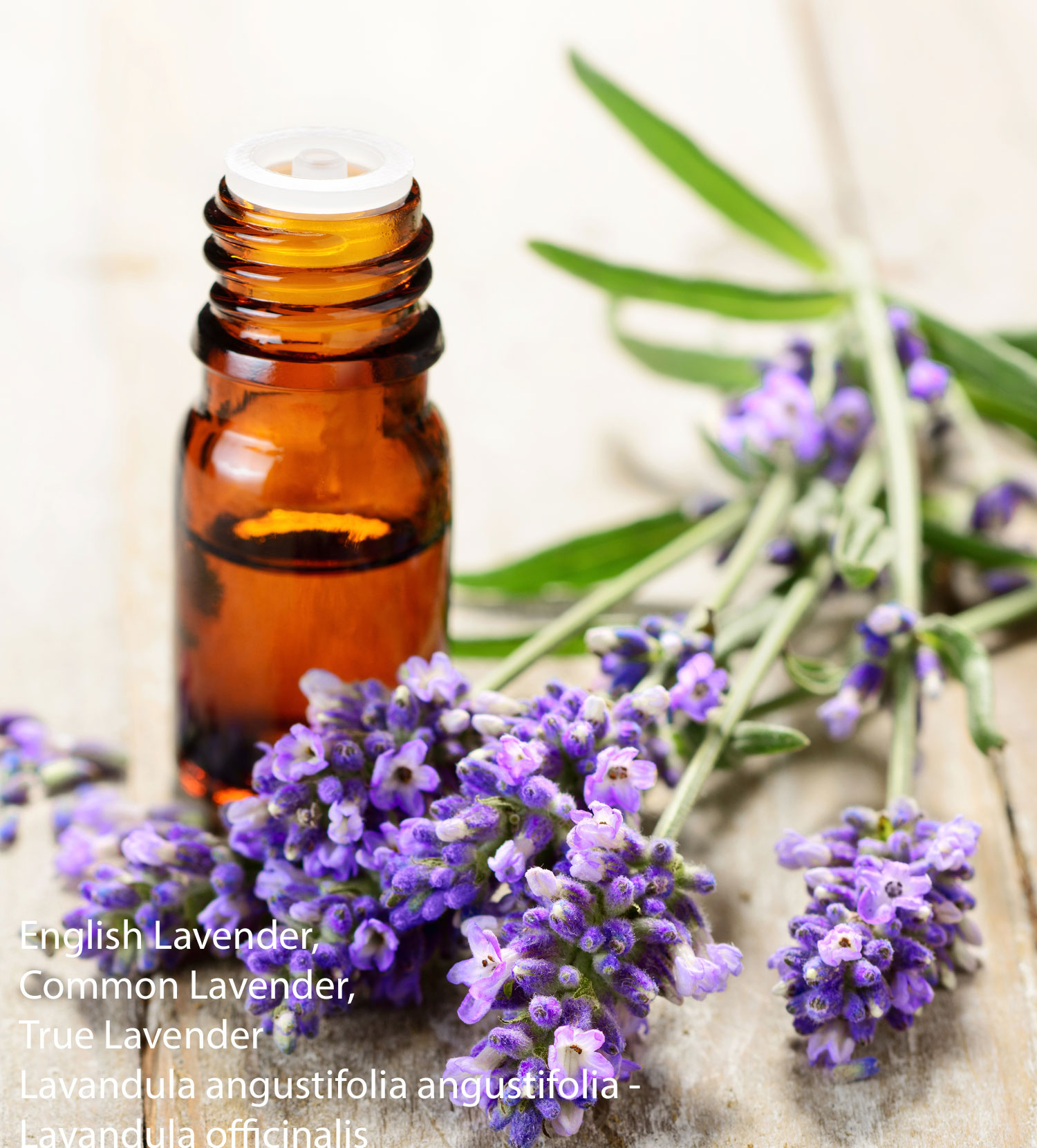 Lavender Lavender is used in aromatherapy, it is gentle and can be safely applied directly to the skin as an antiseptic to heal wounds. 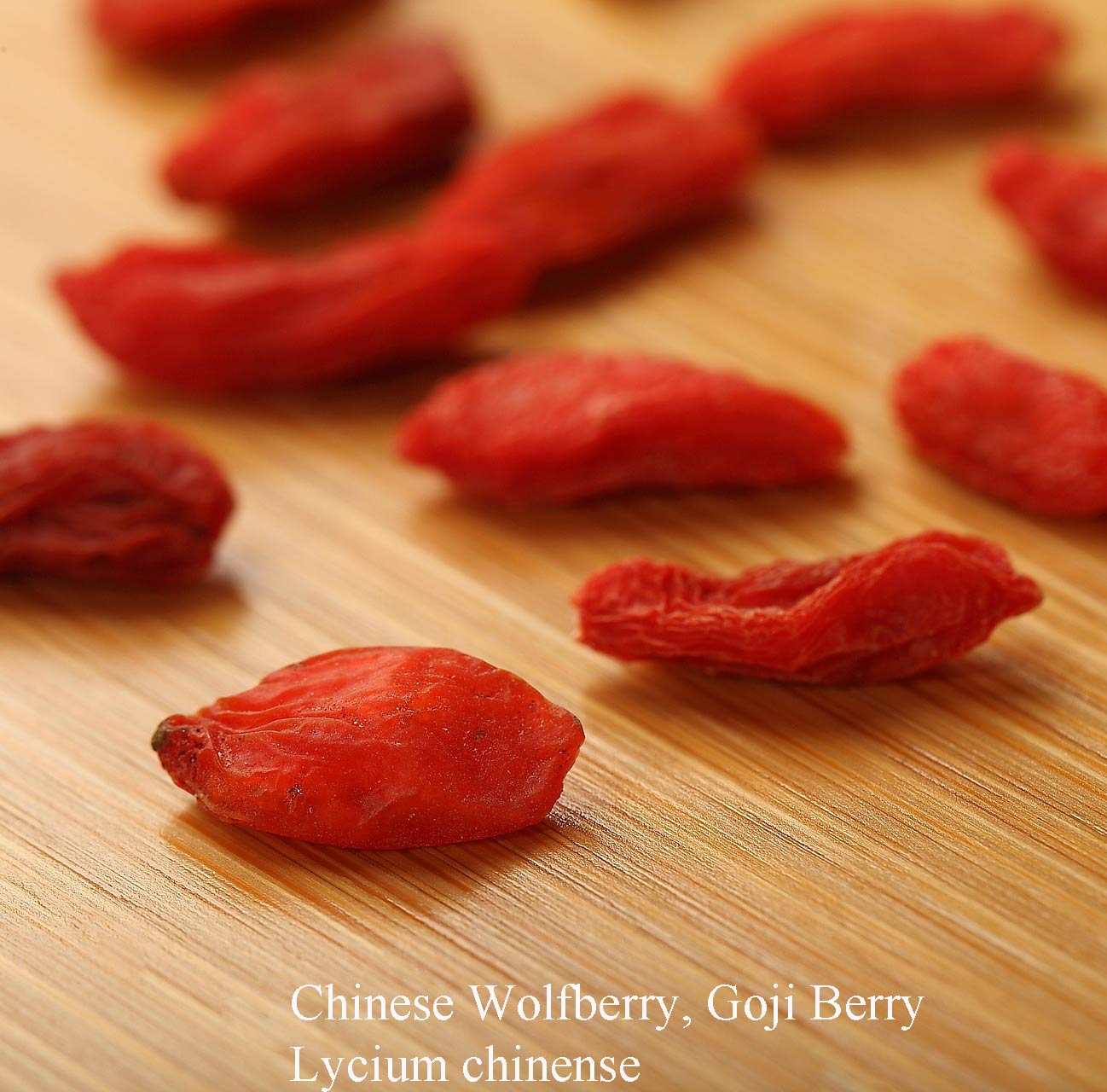 Goji Berry Lycium chinense Native to Asia where it has been a popular medicine for close to 2,000 years. This nutritional powerhouse is full of healthy antioxidants. 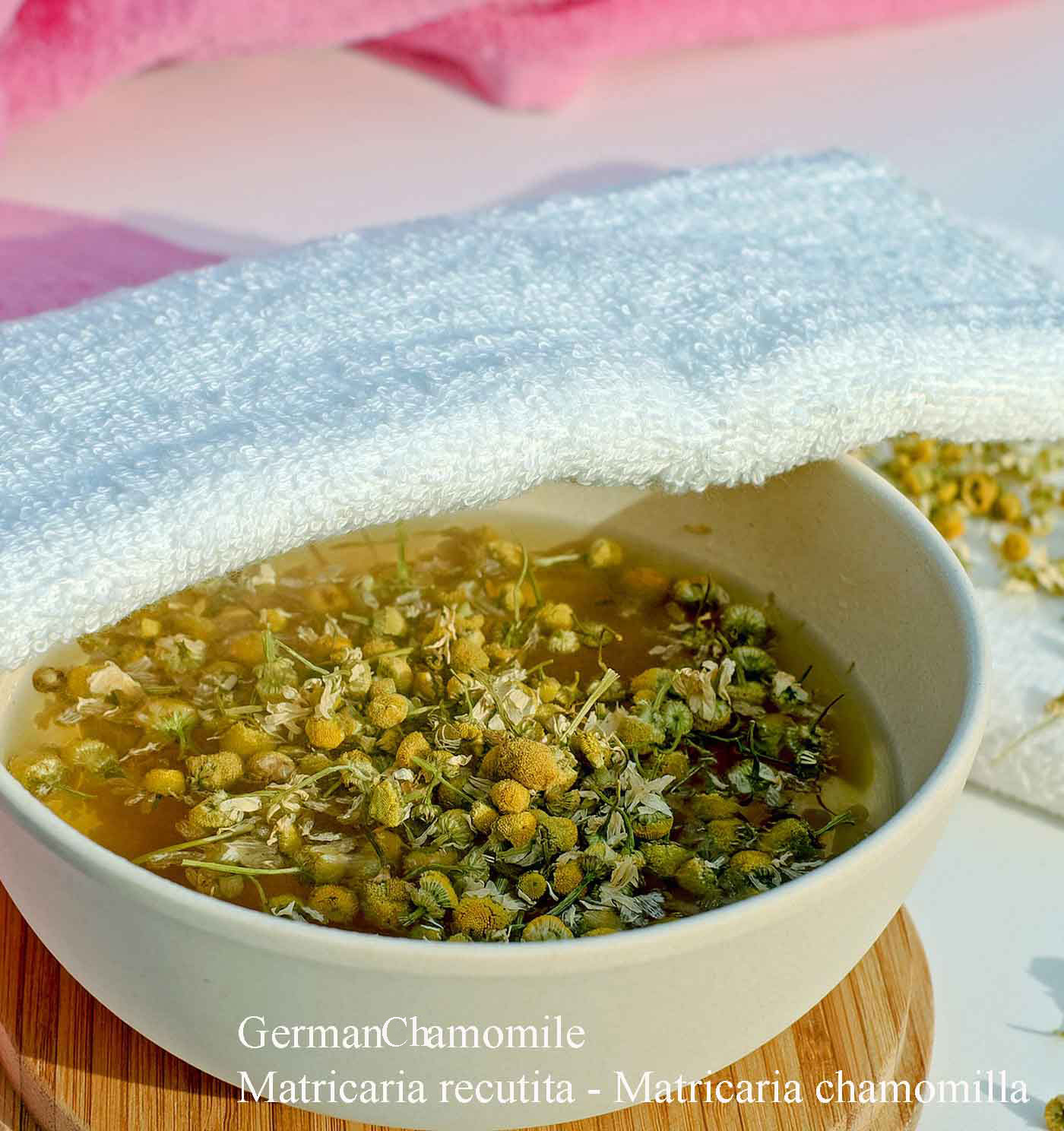 Chamomile Dried Chamomile flowers make a sedative and delicious tea that is calming to the stomach and improves digestion. 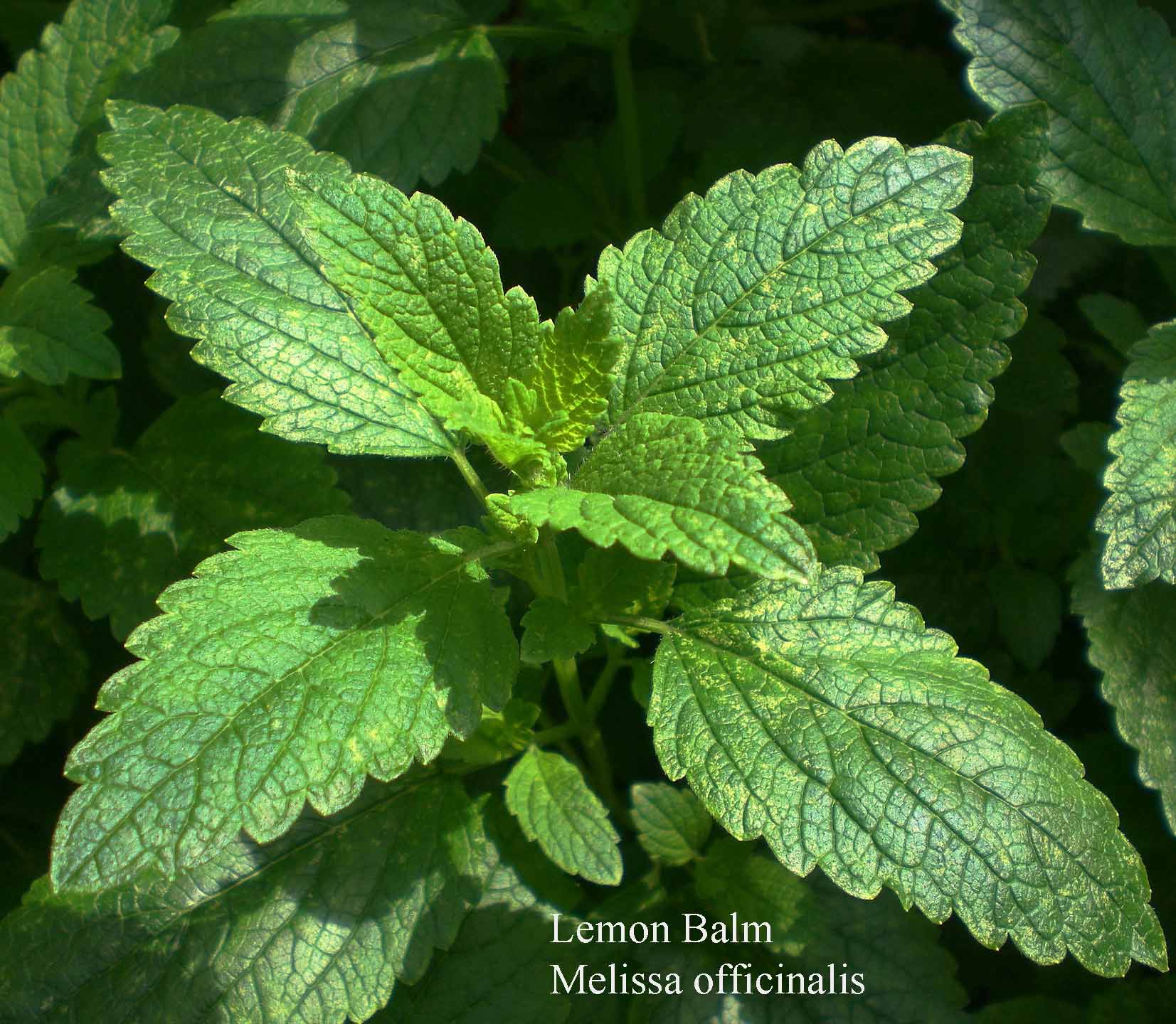 Lemon Balm Lemon Balm is a gentle perennial herb, the aerial parts are used fresh and dried in tea unmasking the aromatic lemon scent. Melissa officinalis. 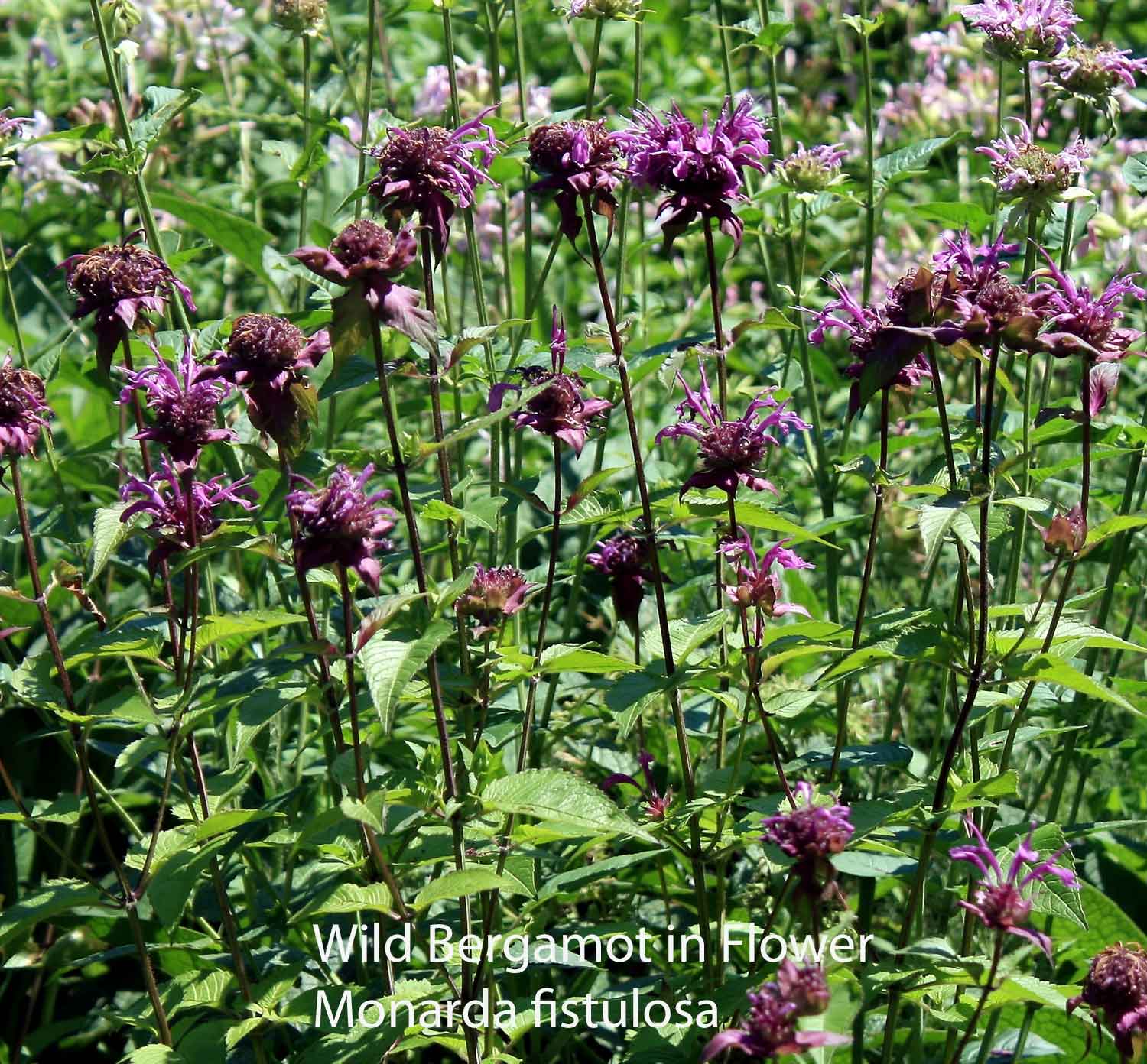 Bergamot Bergamont is known to have properties that help the digestive system because the leaves contain thymol an essential oil that is said to expel gas from the digestive tract. 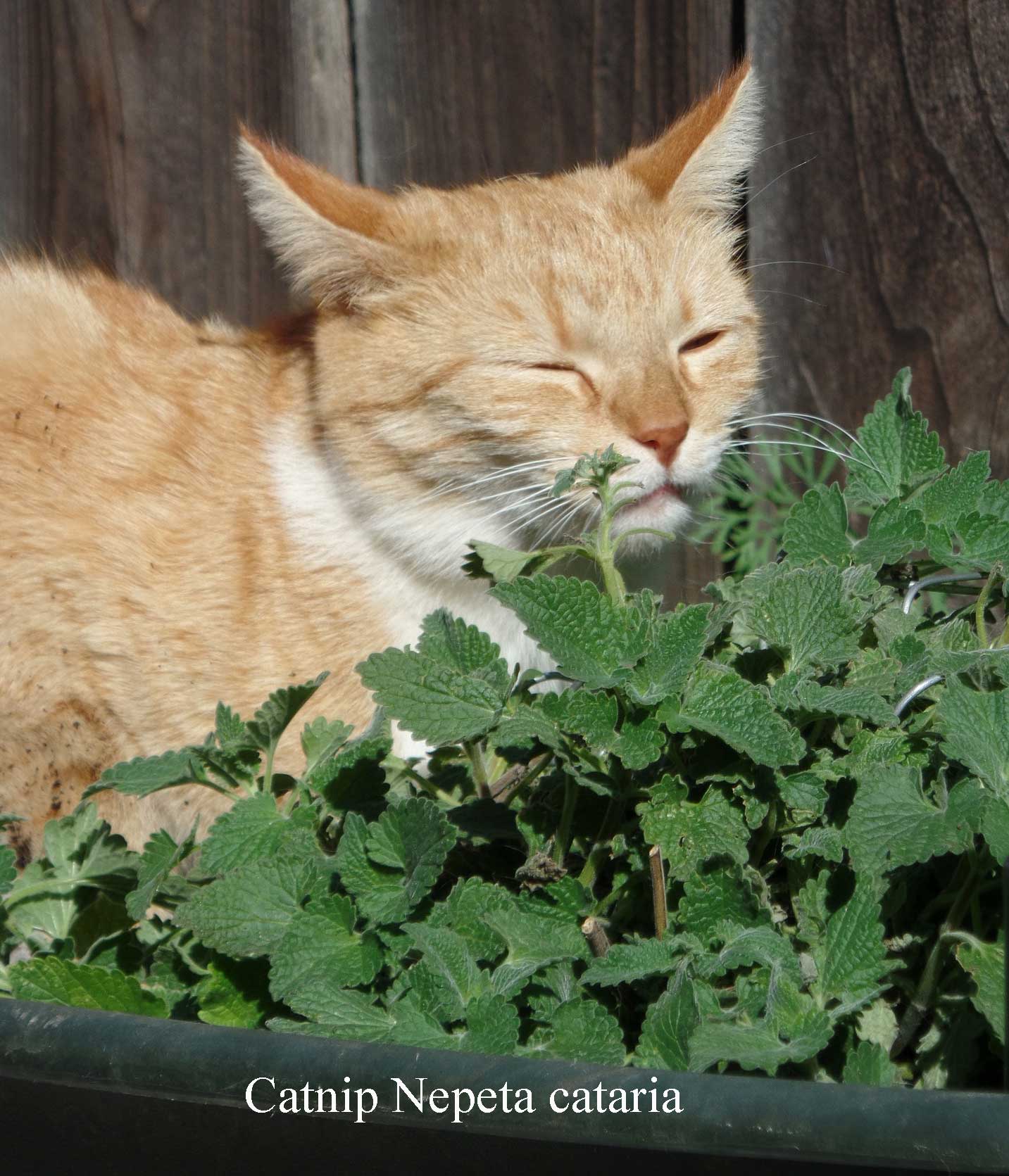 Catnip A gentle remedy for children, catnip makes a pleasant tasting tea from plant leaves harvested in August. 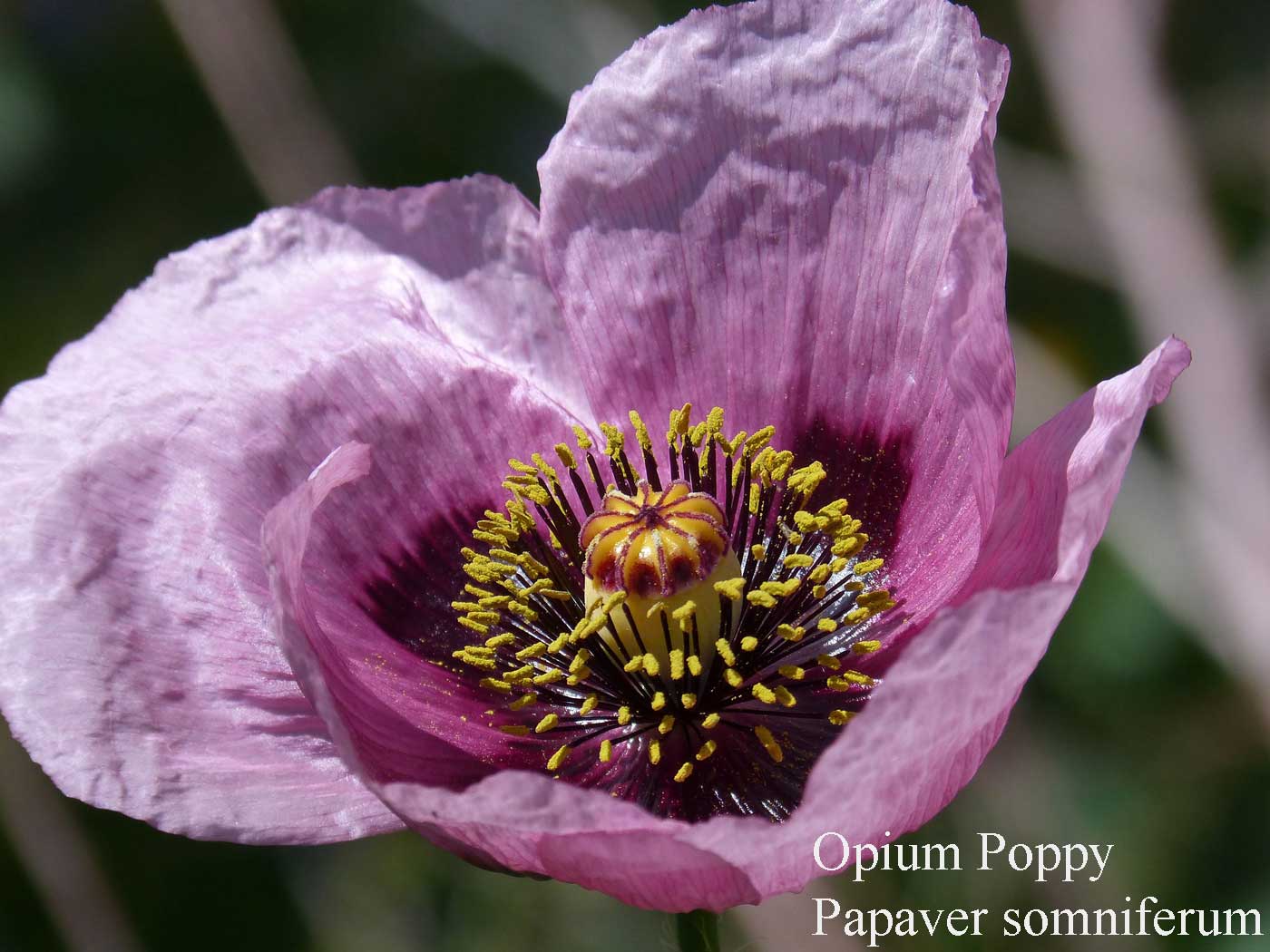 Opium Poppy Opium is used medicinally in the relief of pain. Its' source of active alkaloids with narcotic effects can be addictive and should be used only under the advice of a professional. 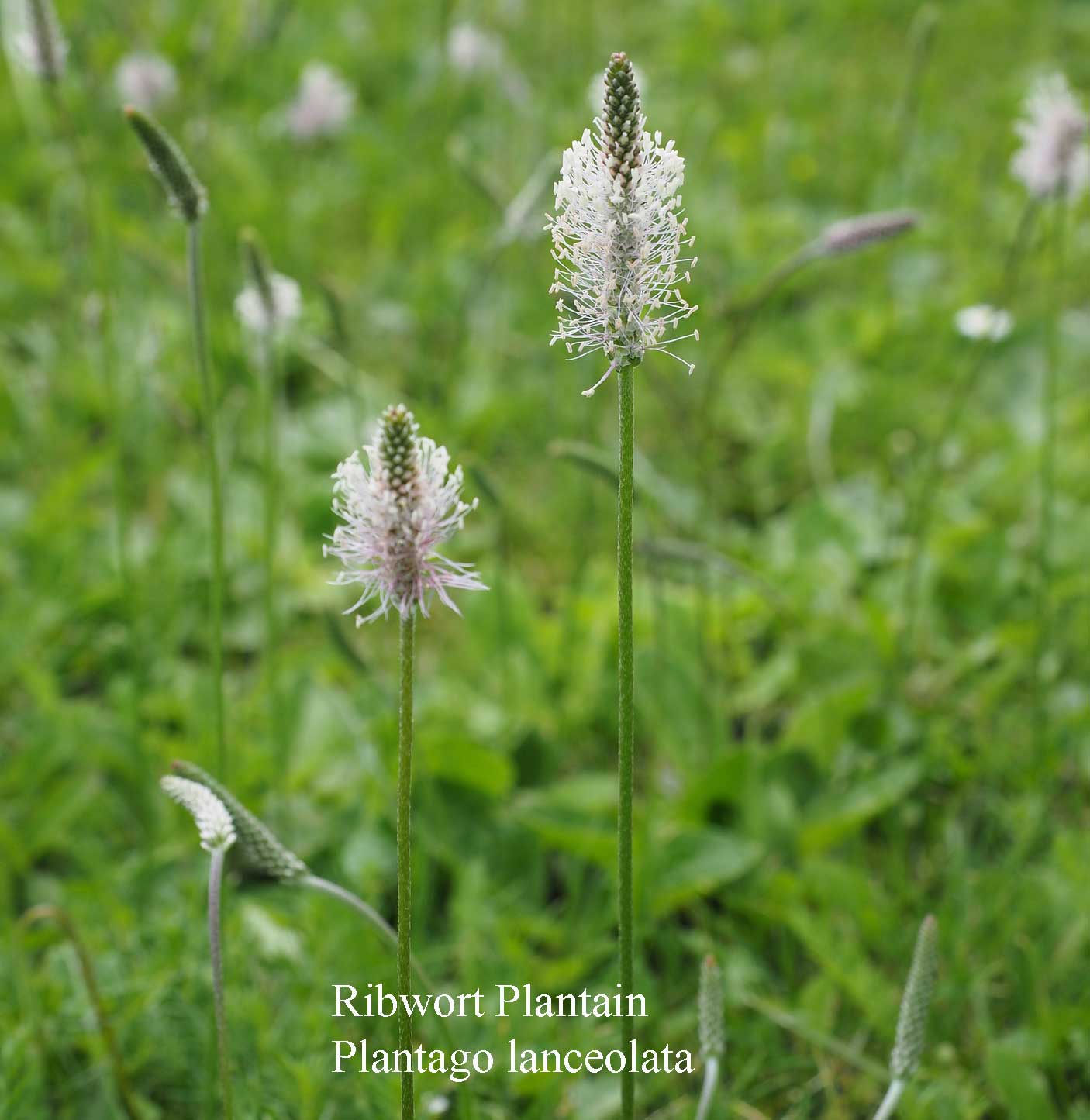 Ribwort Plantain The leaves, gathered in the summer are used medicinally and help with digestive problems because they contain mucilage, tannins, and minerals among other ingredients. 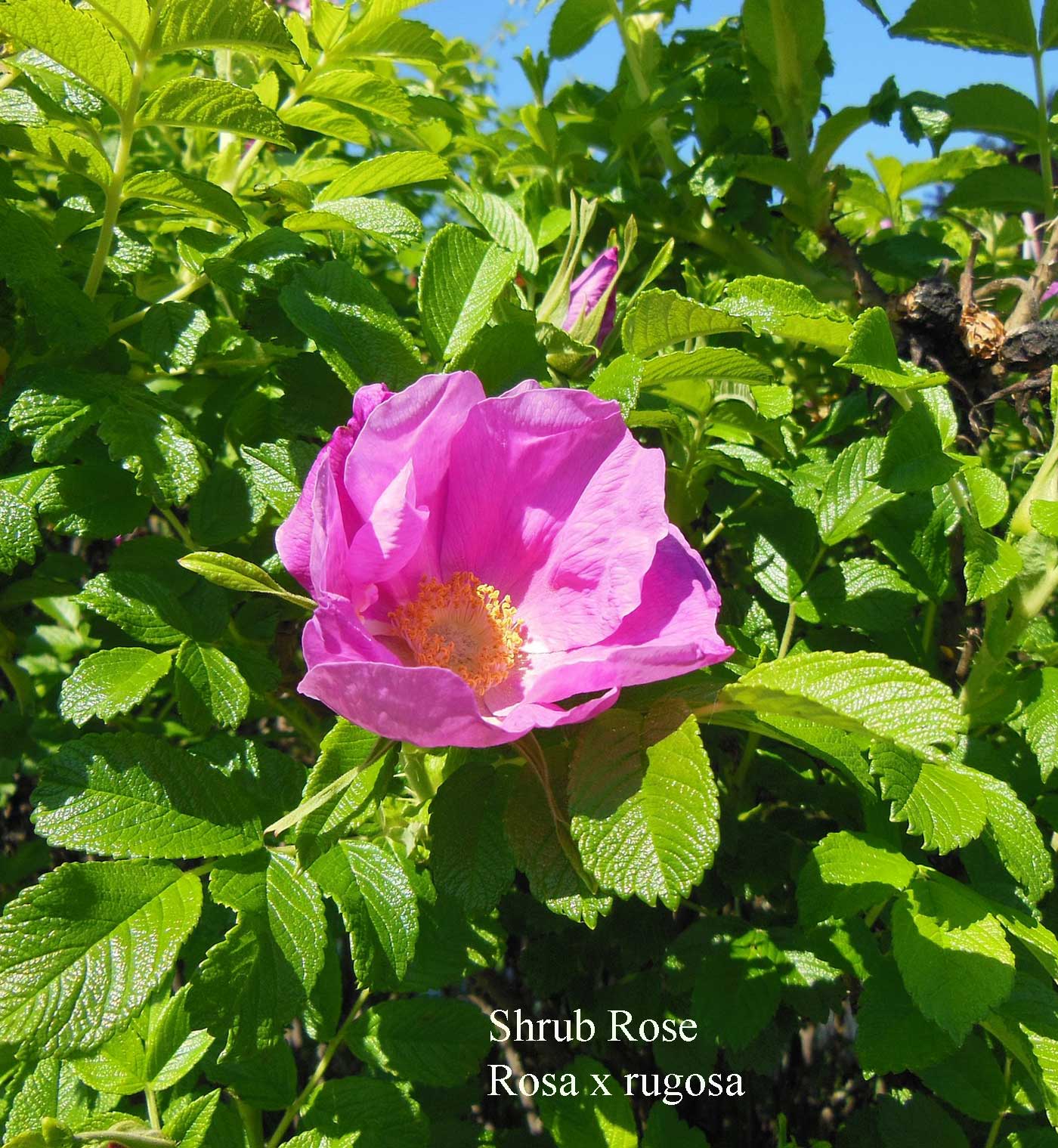 Rosa Rugosa Rosa Rugosa is a sweet smelling shrub that has many medicinal properties in all its parts. The rose hips when ingested are full of Vitamin C and this fruit contains some anti-inflammatory properties. 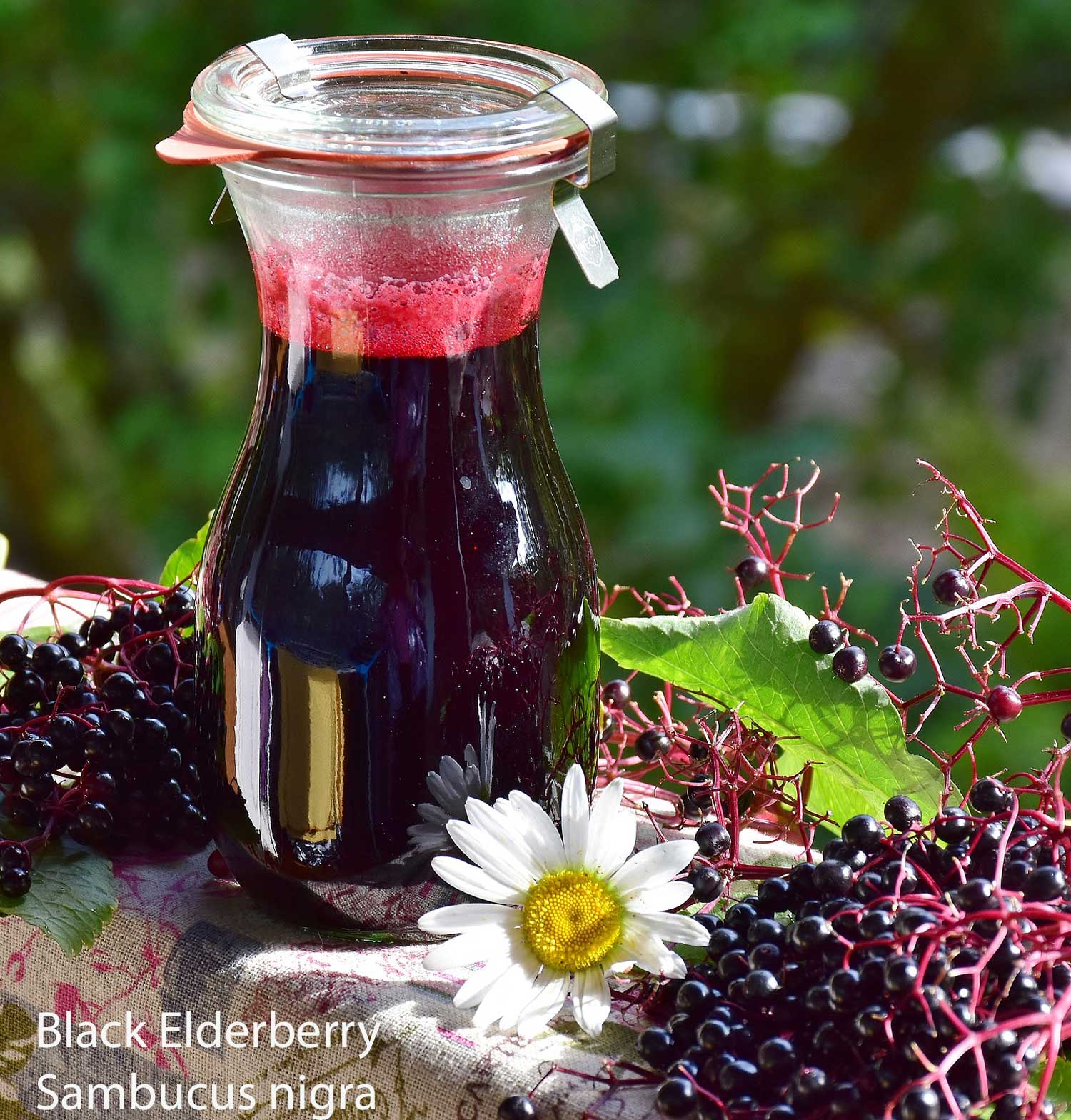 Black Elderberry Sambucus nigra leaves, flowers, and fruits contain flavonoids, mucilage, tannins, cyanogenic glycosides, phenolic acid, sterols, Berries contain vitamins A and C. 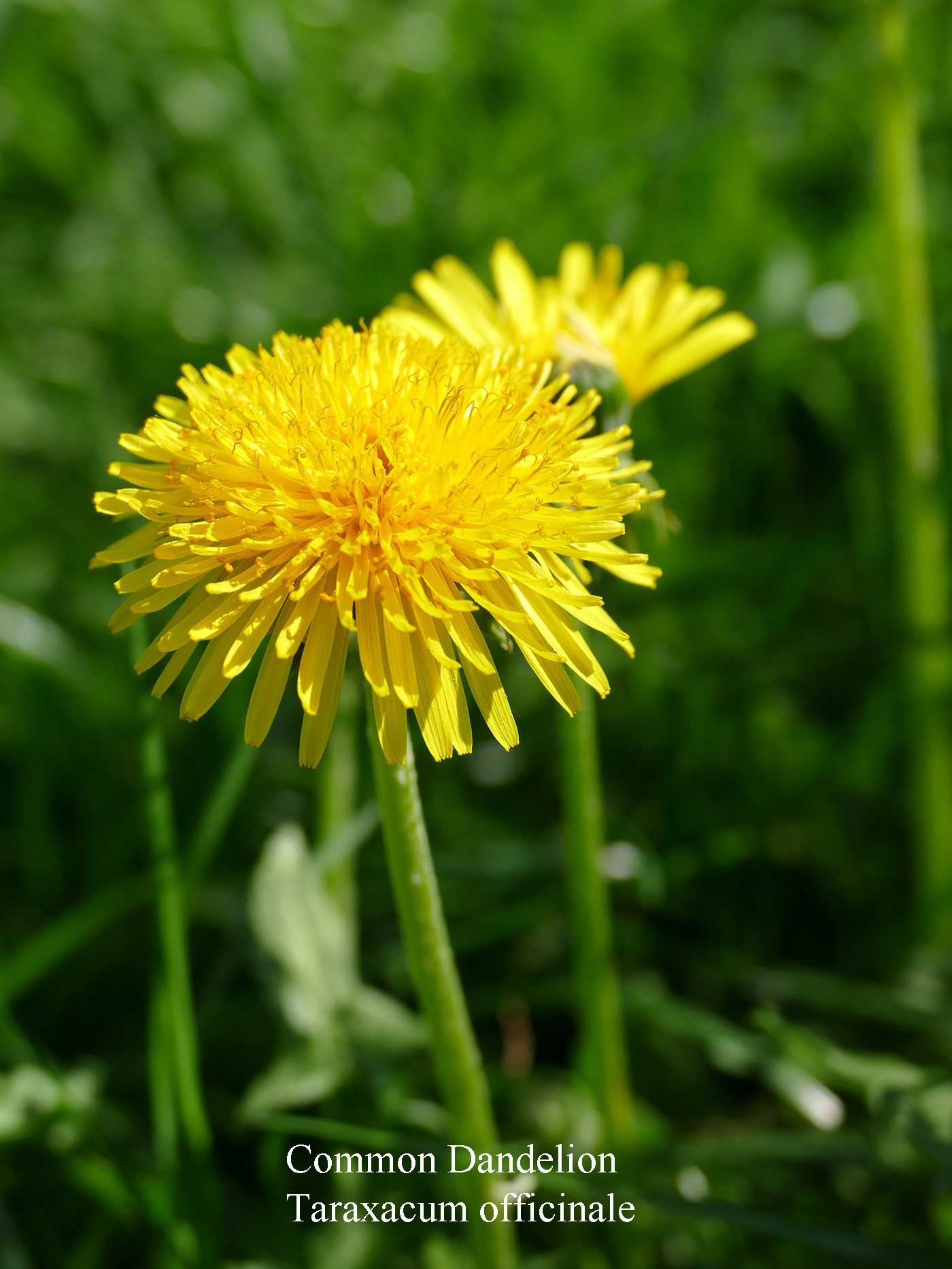 Dandelion Dandelion leaves and roots are used medicinally. The roots treat liver and digestive problems and the leaves, collected in the summer act as a diuretic. 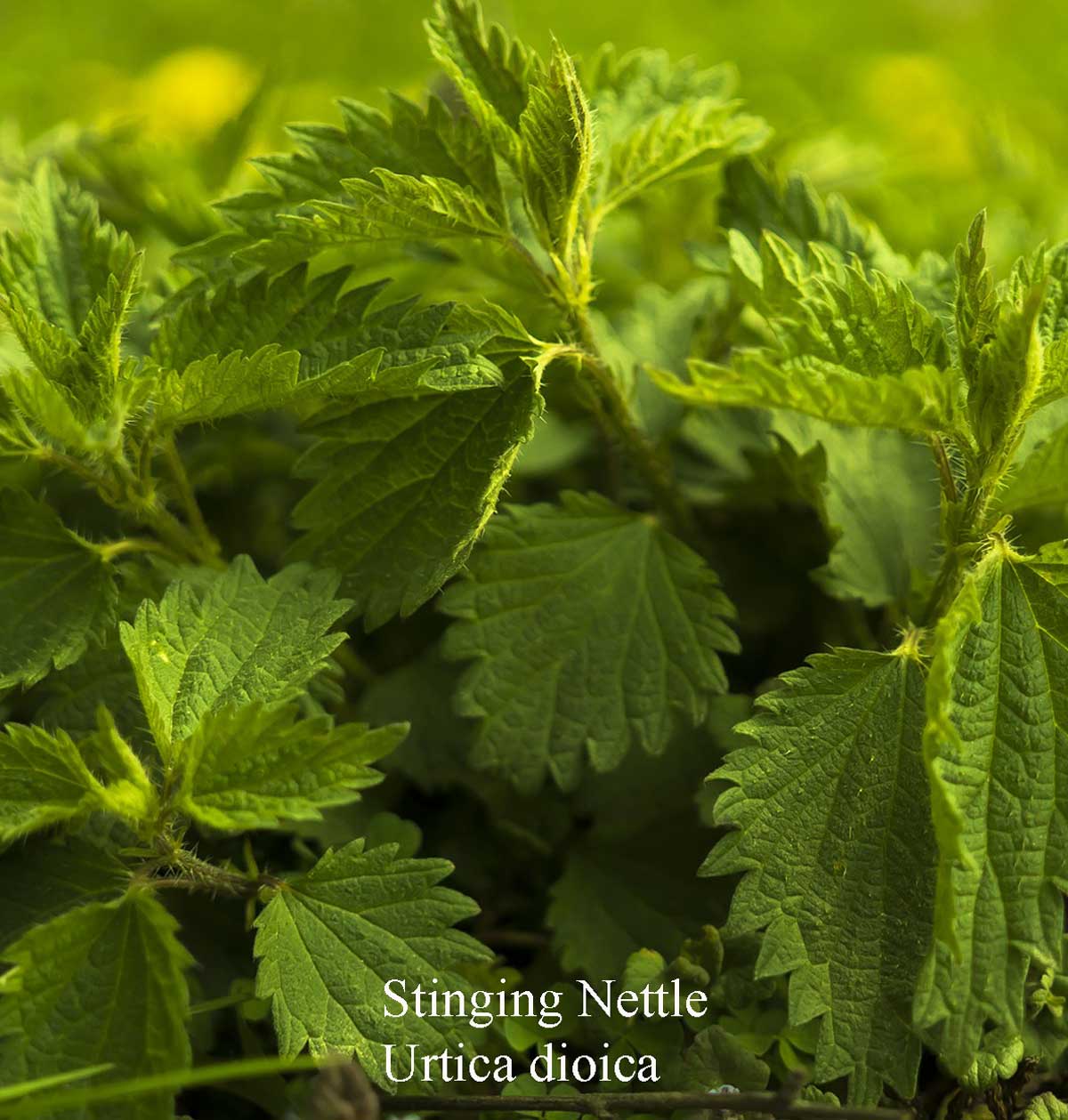 Stinging Nettle Urtica dioica's dried leaves can be made into a tea and used as a cleansing tonic and blood purifier for rheumatism, gout, arthritis, and hay fever. |
Phone: (315) 497-1058 About Us Suppliers Resource Center Foreign Orders FAQ New Arrivals Best Sellers Contact Us Newsletter Seed Catalog Online Login



















































































